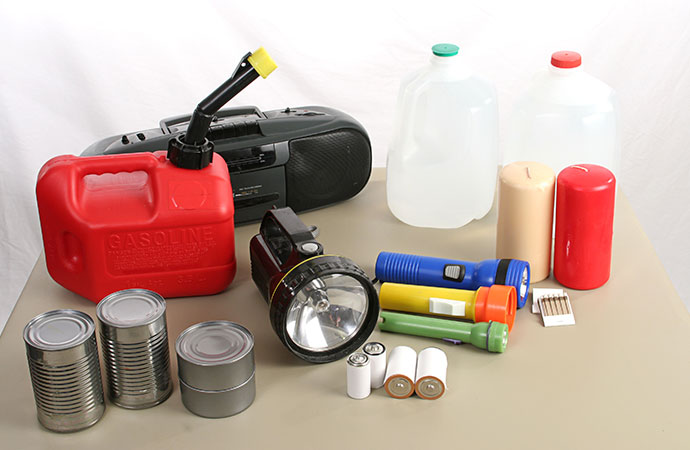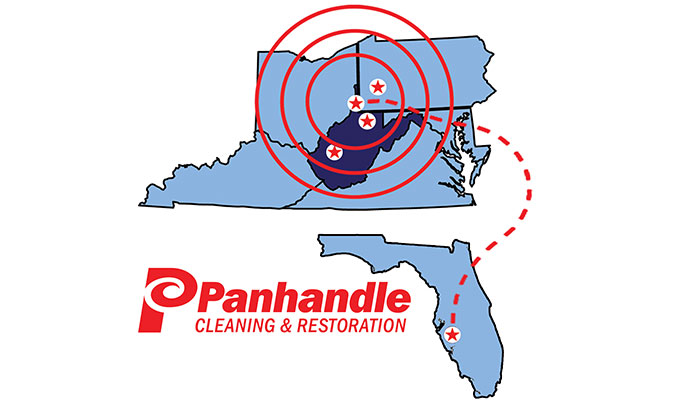
Power Outage: Essential Supplies to Have on Hand
A long term power outage can be caused by anything from a downed transformer to a major natural disaster. Planning and preparing for this type of scenario is important to general emergency preparedness. Power outages affect the ability to heat and cook at home, and necessitate certain measures to sustain health and comfort until power is restored. Keeping an emergency preparedness kit on hand is always a good idea, but even if you lack a comprehensive kit, there are a few essential items you should always have on hand to sustain yourself and remain comfortable during a power outage. Here are some of the most important supplies to keep at home.
Lanterns, Flashlights and Generators
These items are some of the most important to keep on hand at all times. Alternative, non-electric heating and lighting sources are important to keep at home. Kerosene lanterns or even solar powered items are convenient ways to provide lighting and some heat during a power outage. In addition to lanterns and higher powered light sources, keep a handful of flashlights on hand and extra batteries. LED flashlights are some of the most reliable and longest lasting, and will provide better light.
Blankets, Food and Water
Keeping warm and staying hydrated and nourished is important to remaining comfortable and healthy during an extended power outage. During the colder months, having plenty of bedding and blankets to stay warm is important for comfort and safety during extended outages. You should also keep a 4-5 day supply of non-perishable food on hand and an equal supply of water. While your water supply shouldn’t be compromised during an average power outage, disaster situations can create conditions where utilities are downed and you may need to have a backup supply of water and non-perishable food. Water doesn’t expire so keep some bottles and plastic jugs at home.
First Aid Kits
Keeping a good first aid kit on hand at home is always a good thing. While not absolutely essential to power outages, having the capability to treat minor injuries is nevertheless important. For disaster preparation, first aid kits are even more essential and should be a primary component of an emergency preparedness kit. Consider keeping a larger, more comprehensive kit at home and a smaller, portable kit in your vehicle. First aid kits should include things like bandages, gauze, splints, ointments, anti-inflammatory medications, and disinfectants. For good measure during an outage, keep a small flashlight in your first aid kit as backup.









